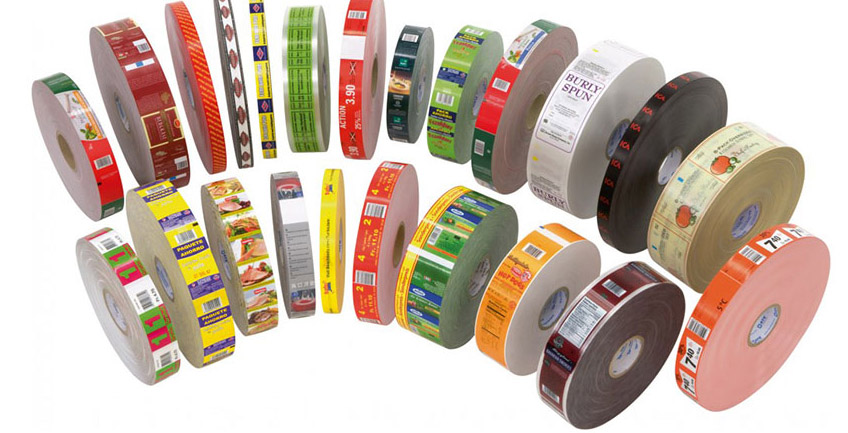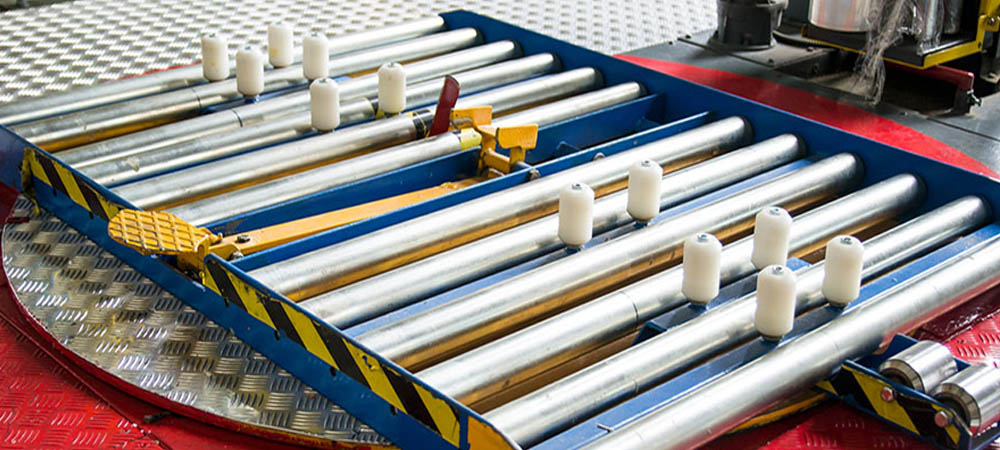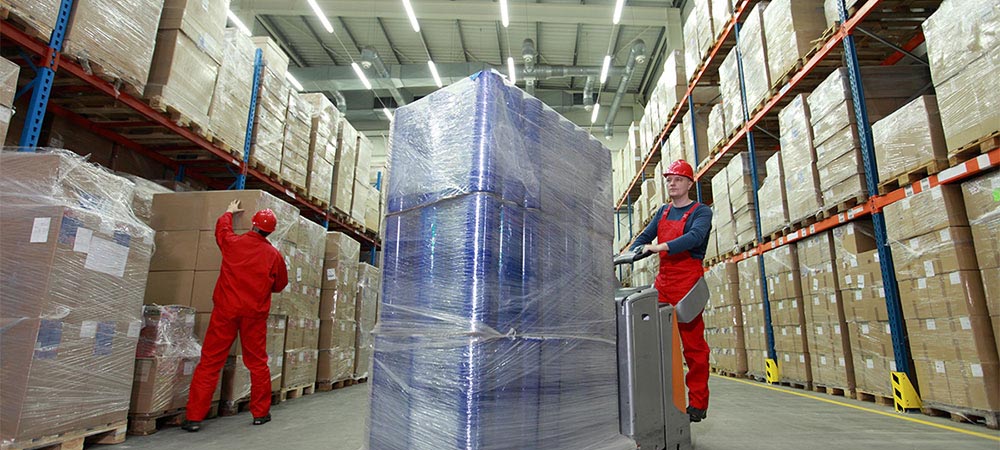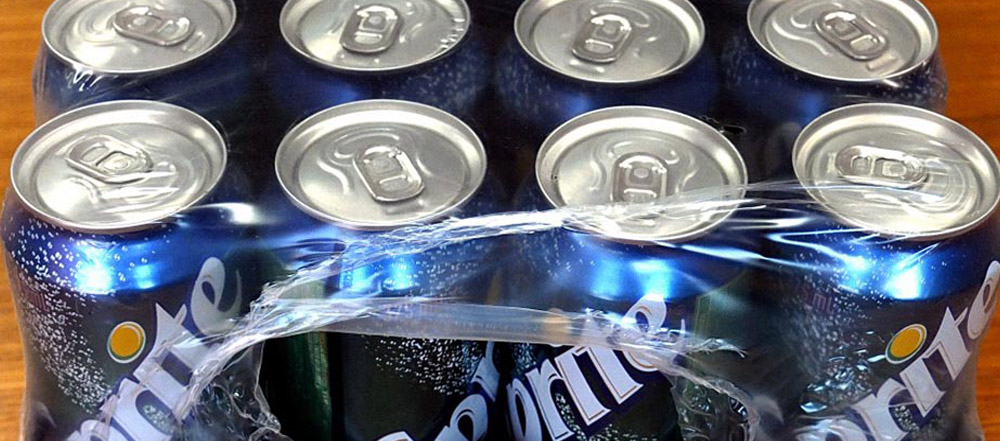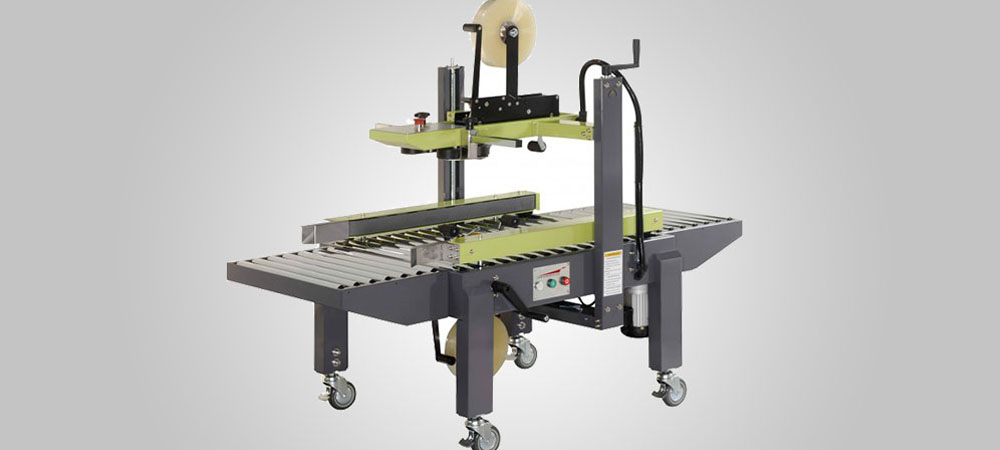Products in a Retail Display? Make Them Look Their Best.
1. The type of shrink wrap
The quality of the shrink wrap film ultimately reflects the quality of your final product. As a general rule, the film type will be determined by the packaging machine and type of heat tunnel used to do the shrinking. There are two types of shrink wrap to consider:
- PVC (Poly Vinyl Chloride) shrink wrap films are generally better if hand shrinking is done by using a heat gun. Also used for older hood machines that do not generate sufficient heat to shrink POF film.
- POF (Polyolefin) shrink wrap films are more widely used on semi-automatic and automatic lines with good quality shrink tunnels. POF films generally have a high bi-axial shrink percentage rate, typically 60% or higher.
Shrink wrap film gauge (thickness) is usually determined by the strength required and the weight of the package. POF shrink wrap films range between 7.5um to 38um. Typically 15um is a good standard for a “chocolate box” type package.
Other considerations include:
- Crossed linked films generally give stronger seals and are have a better puncture resistance than non-crossed linked films.
- Non-crossed linked films seal quicker but have less puncture resistance
- Soft shrink films can be helpful with products that will bend easily and will not tolerate the shrinking process or need higher air transmission rates. For example, food products such as mould ripened cheeses.
- Anti-Fog films are available for refrigerated display products.
- Anti-Slip films are required when packs are prone to moving when stored on pallets
- Hot slip films that make packing into shippers directly after shrinking easier.
- High performance films, that shrink at lower temperatures than standard POF films.
2. Seal quality of the pre-shrunk film.
The seals must be strong and without holes otherwise shrink quality will not be consistent.
3. Air escape holes
These holes allow trapped air within the package to escape during the shrink process. Some films are pre-perforated for this purpose. We recommend that the perforating process is controlled by the packaging machine to achieve best end results.
As a rule: the perforation holes should allow the air to escape from the shrink wrap film just before the package exits from the shrink tunnel. If the seal has holes or the air escape holes are too large then slow air escape will not happen. This will affect the shrink wrap appearance.
4. Use a good quality shrink wrap tunnel.
Look for features such as:
- High velocity air flow
- Adjustable air flow patterns to direct air at the package
- Variable speed conveyor
- Accurate temperature control (Maximum of 5oC variation)
- Live roller conveyor design is preferred if the bottom of the package is also critical
5. Wrap Shrinking Temperature and Time
Shrinking temperature and time varies with brand and type of shrink film.
As a general rule the shrink tunnel should be set to 150 degrees C for POF film. The conveyor speed should be set to at an equal pack space ratio in the tunnel, and the wrapping machine set at the maximum packs per minute possible. The temperature can then be varied to achieve a fully shrunk pack just before the package exits for the tunnel.
6. Package to Film ratio “Bag size”
This will affect the volume of air entrapment, and therefore the shrink time due to air escape.
With automatic lines this is normally controlled. Some machines are set up to increase the amount of trapped air in the shrink wrap film usually to keep the film away from the product, this is useful with wet of sticky packages that will smear or mark the film.
7. Observe the product as it passes through the tunnel.
On entry into the tunnel, the shrink wrap film should balloon without bursting the film. It should then slowly shrink down, until full shrink is achieved just before exiting the tunnel.
If the film does not balloon, then:
- The film has weak seals or holes
- The film has too many, or too large, air escape holes
- The tunnel temperature is set too low
- The tunnel air velocity is too low, or air flow direction is not aimed at pack
If film bursts, or does not slowly and evenly reduce the balloon size, then:
- The tunnel temperature is too high
- Air escape holes are not sufficient
If shrink film finishes ballooning but collapses too early, then:
- Reduce air escape holes size or number
- Tunnel temperature is too high
- Tunnel speed is too slow
For more information or to place an order, We’re here to help, check out our tutorials, machinery examples, best practices or simply call us for more information:

